Cat Care: How To Cat-Proof Your Home And Where To Start
Cats are naturally curious and independent creatures. This means they can get themselves into some rather sticky situations! However, cat care doesn’t have to be a hassle. Read on for quick and easy tips on successfully cat-proofing your home and keeping your kitty safe.
CATS
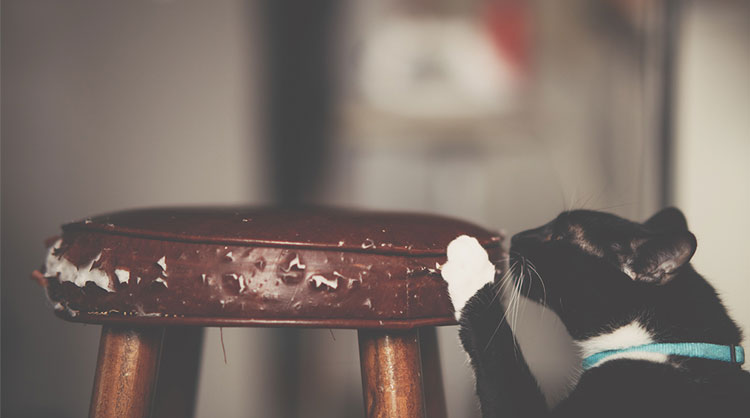
Posted by bravectosouthafrica – 08 January 2020
Taking Care of a Cat Indoors and Out
Your cat is a valued member of the family that adds an abundance of love and joy to the household. Their safety and well being is just as important as that of the humans in the home, which is why proper cat care is so important.
To help ensure your precious feline friend remains happy, healthy and injury-free, consider doing some cat-proofing around your house. How does one go about cat-proofing, you ask? Why, you adopt the mind-set of a cat! Think of all the places, in and around your home, where your cat enjoys playing and hiding. Begin there.
To get you started, Bravecto® has compiled a list of the most common problem areas and items around the house that need cat-proofing.
Cat-Proofing Around the House
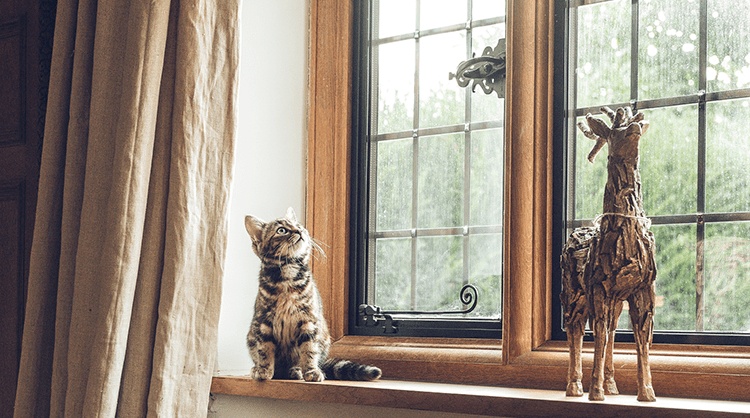
Windows
If your cat primarily lives indoors, it’s important to check that all screens and windows are properly closed, preventing your cat from escaping. Balconies, decks, open windows and unsecured screens could lead to your cat taking an unfortunate fall.
Make sure you secure any blinds, curtains and dangling cords around windows out of reach, as these could be hazardous. Cats feeling playful can accidentally trip, fall or get tangled up in loose cords. Tie these cords back or cut them to prevent any accidents.
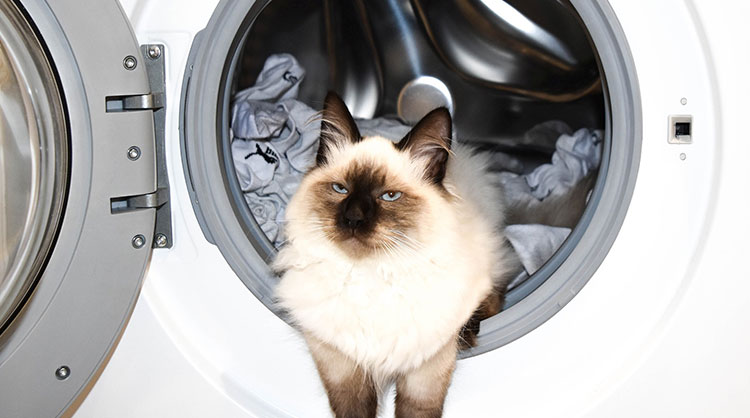
The Laundry Rooms
Cats can get into all sorts of potentially life-threatening trouble in the laundry room. That’s why it’s one of the most important rooms to cat-proof.
Always check your washing machine and drier before using them. We all know that cats love nothing more than curling up in a cosy nook… such as the inside of said machines. Check open laundry hampers for sleeping kitties too before emptying it into the washing machine.
Keep any bleach, detergent and other cleaning chemicals locked up securely and away from your curious cat. These products can lead to poisoning, as well as injuries to the eyes, mouth and skin.
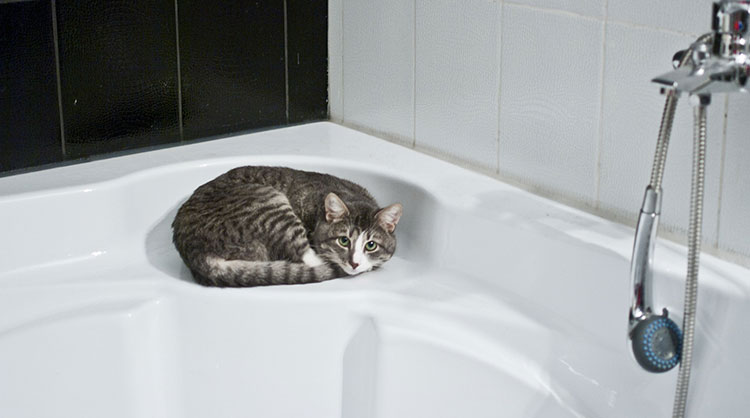
The Bathroom
Thorough cat care and safety is especially important when it comes to your bathroom. This room holds many items that are toxic to cats, such as cleaning products, medication and toiletries. Keep potentially lethal items out of reach by storing them safely away.
Another potential trouble-area in your bathroom is the toilet – be sure to remember to close the lid. Climbing kitties can take a tumble right into the toilet and nobody’s going to enjoy that!
Many cats, clever as they are, learn how to open doors. If your cat is one of them, consider fitting all doors leading to off-limits areas with child safety locks.
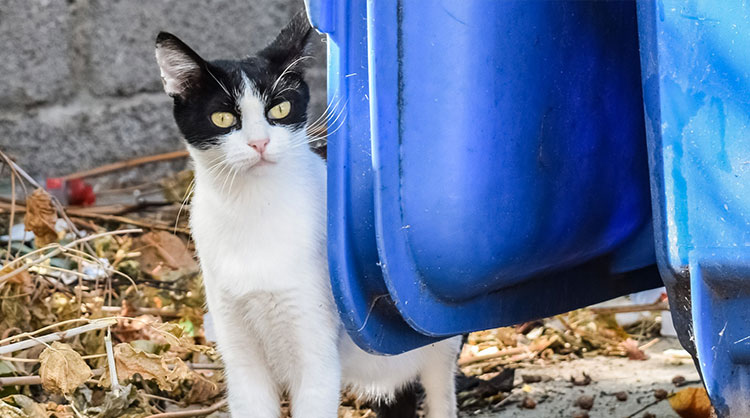
Containers and Garbage Cans
Ensure that containers such as your garbage can is fitted with a sturdy lid to both prevent your cat from getting into it and knocking over the contents. This goes for containers of all sizes.
Knocked over garbage cans are especially problematic, as they contain various sharp and potentially dangerous objects. Bones, chemical bottles, tin cans – these are only some of the discarded objects that have the potential to seriously injure your feline friend.
Hobby kits containing items like needles and thread also pose a risk to your cat. Cats can either get injured or become very ill due to ingesting something they shouldn’t have.
Containers with sturdy lids will help keep your cat from harm’s way.
Some tiny items that you should keep stored away in containers or drawers include:
- Deflated balloons
- Long strings
- Paper clips
- Rubber bands
- Thumbtacks
Small items such as those mentioned are excellent playthings in your beloved feline’s eyes. They are, however, a big choking hazard. Sometimes to care for your cat means taking away their more dangerous toys – despite any protests.
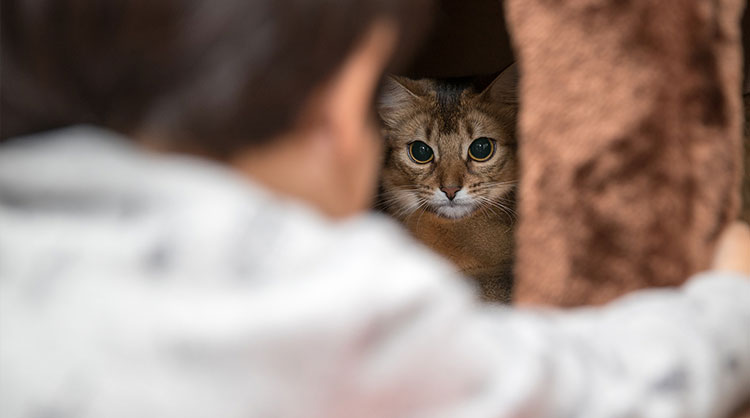
Large Furniture
A cat exploring all your house’s nooks and crannies can easily become stuck inside or lodged between furniture. Your home holds so many hideaways – think cupboards, drawers, between big pieces of furniture and the wall – that might seem ideal to your kitty.
Reclining chairs are a notorious culprit. Always make sure your cat isn’t sitting underneath or inside a recliner before opening or closing the chair, as it’s a prime spot for cats seeking a dark, warm refuge. Failing to check may lead to you unintentionally hurting your poor kitty.
Large unstable or top-heavy furniture, such as bookcases, can fall over and onto your cat, should they choose to hang from it.
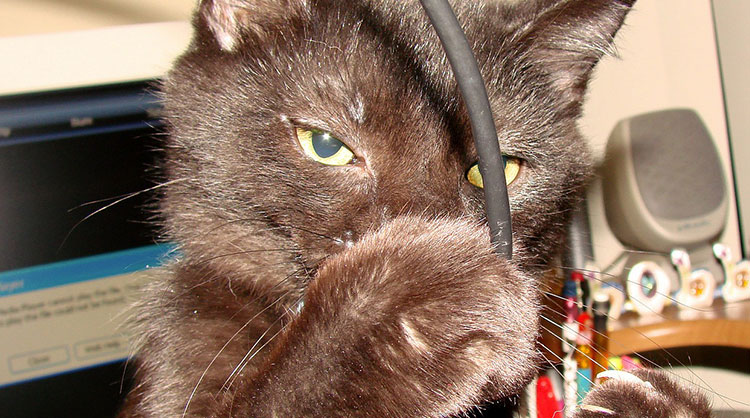
Electrical Cords, Wires and Outlets
Cats are easily enticed by pieces of string and yarn, which is why electric cables can be so dangerous. Your cat runs the risk of potentially getting themselves tangled up in or – way worse – receiving a nasty shock from the cables, should they pull and tug at them.
Your cat can also get shocked from licking electric sockets. Plug socket covers are a cheap and easy solution to this.
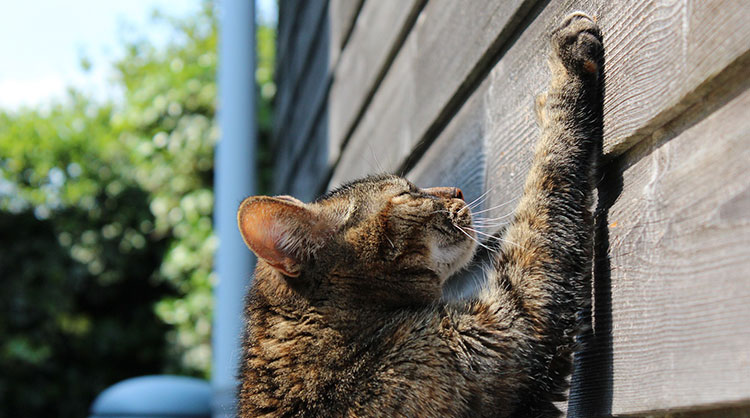
The Yard
There’s nothing quite like the great outdoors. Fresh air, blue skies and lots of things to see, do and explore – especially when you’re a cat. If your cat has unrestricted access to your yard, be on the lookout for potential hazards such as:
- Dead or rotting branches that can fall and injure your cat
- Unfenced swimming pools that may pose a drowning risk
- A recently treated lawn or deck – a cat that walks over a surface like this and proceeds to lick its paws may fall ill or be poisoned
- Poisonous plants – they may seem like a fun thing to chew, but could be lethal
- Insect hives – a playing cat can easily disturb a hive’s creepy crawly inhabitants, which could lead to injury
It’s a good idea to keep your cat fenced in, in your own yard, as roaming is dangerous. Cats who do roam free are exposed to dangers such as cars and feral cats, amongst other things.
Cat-proofing your yard may seem hard, but by following these tips, you’ll have already made the outdoors a lot safer for your feline friend.
Proper Cat Care Involves More Than Cat-Proofing Your Home
Being a responsible cat owner goes beyond making sure your home is your cat’s safe space, going around and cat-proofing every room. It also means that you are in tune with your cat’s normal behaviour, and that you could spot first signs of illness or distress in an instant. Regular check-ups at the vet will also help you to catch any developing issues early on and lead to your cat receiving the best possible prognosis.
An easy and effective preventative treatment you can administer at home is Bravecto® Spot-On for Cats. This fast-acting, long-lasting treatment will provide your cat with protection against ticks, fleas and ear mites for 3 months – all in a single dose!
Bravecto® Spot-On for Cats is administered simply by parting the fur at the back of your cat’s neck and applying the product onto their exposed skin, using the convenient Twist’n’Use™ applicator.
Afraid you’ll forget to re-dose your cat after 3 months? Never fear, Bravecto® has your back again! Download the user-friendly mobile reminder app and never forget your pet’s next Bravecto® treatment ever again.
Bravecto® helps make cat care easy.
Subscribe to our Newsletter
Get to know your furry friend better! Sign up for all things dog- or cat-related.
The Hairy Facts about the dreaded hairball
12 April 2021
Help! My dog’s barking mad! Volume 2
12 April 2021
Your Itchy, Scratchy Cat – All About Cat Skin Problems
12 April 2021
The Dog’s Diet: A Bone of contention?
01 April 2021
Mango Fly Worms: How to Spot and Eliminate them
Posted on November 28,2019
Managing Mange And Mites In Your Dog
Posted on June 11,2018
Why Do Cats Purr and How? Learn What Your Cat Is Saying
Posted on October 14,2020
How to Get Rid of Ear Mites in Dogs
Posted on November 06,2019









